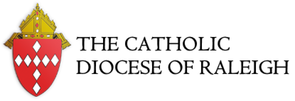Some sixth graders are making 3D-printable Tinkercad models of Mesoamerican pyramids for a project in Mr. Melton's Social Studies class. Mr. Bell is assisting with technical instruction. The pyramid shown here (as both a Tinkercad design and 3D print) by Landon Leitz was inspired by the Toltec-Mayan pyramid, El Castillo, which is located in the Chichen Itza Mayan ruins of Mexico's Yucatan peninsula.
|
Eighth grade Art Tech students designed cross pendants with the Tinkercad computer-aided design app. Shown below are 3D prints of some of their work, which can be worn on a string or thin chain.
Some sixth graders are making 3D-printable Tinkercad models of Mesoamerican pyramids for a project in Mr. Melton's Social Studies class. Mr. Bell is assisting with technical instruction. The pyramid shown here (as both a Tinkercad design and 3D print) by Landon Leitz was inspired by the Toltec-Mayan pyramid, El Castillo, which is located in the Chichen Itza Mayan ruins of Mexico's Yucatan peninsula.
0 Comments
Near the end of their first quarter Art Tech classes, eighth graders designed cross pendants with the Tinkercad computer-aided design app on their iPads. Completed designs have been 3D printed. A hole for inserting a string or thin chain was designed into the upper section of each cross. The photo of the cross by Jules shows a string that passes through the top section. It has a jewelry latch at the ends of the string that is not shown in the photo. As part of their work for a project in Mr. Melton's Social Studies class, some sixth graders are choosing the option of creating Tinkercad models of Mayan and Aztec pyramids, as well as other structures, for 3D printing. Mr. Bell is instructing interested students in the use of computer-aided design technology. The first two 3D-prints of students' designs inspired by Mesoamerican pyramids are the works of Cohen Hogan and Haiden Simo. These students' Tinkercad designs, from which the prints were made, are shown here along with the 3D prints. Fourth grade art students have recently been creating sculptures which depict sailboats on waves. The hulls of the boats are origami structures. The masts are supported by a pyramid-like cardstock form that is carefully measured, cut, and taped in place. The masts and booms are made of drinking straws. Each student's boat is sealed with tape to make it impermeable to the water in the colorful paper mache coating. The boats are mounted on wave structures composed of wadded paper, cardboard, tape, and paper mache. The boats are attached to the waves with glue and one Phillips screw. Cotton is stretched and shaped to make the foam on the waves. Finished works from this project are currently on display in the school library.
The first graders of the 1B and 1S art classes proudly display their "Mr. and Ms. Mousey Head" paper sculptures in the group photos shown below. Details of the project are visible in the closeup photos of artwork by Devenie Delph and Teddy Compton. In this geometry-based project, students internalize the concept of the cone by making them from paper plates. The cone serves as the base form upon which each student works creatively to give his or her mouse a unique personality. Materials include colored tissue paper, a glue/water mixture, card stock, yarn, corn, pom poms, cotton, tape, and paper clips. Sixth graders in art tech class were given a challenge to program an EV3 robot to follow the edge of a black line and throw three target objects into the robot's catcher box. Color sensor readings are used to adjust drive motor speeds so the robots move along the edge of the line. The robots were built by students in our Friday robotics group. The paper catcher boxes were built and attached by sixth graders. Bruen and Haiden are shown in the video titled "6th grade line follower challenge-2023-24.mov" as they are cheered on by friends while successfully running robots autonomously with code that they wrote on their iPads. |
Mr. John Bell, Art TeacherMr. Bell focuses on an interdisciplinary approach to teaching and presented STREAM (Science, Religion, Technology, Engineering, Art, and Mathematics) workshops at the Diocesan Teacher Conference, as well as multiple workshops throughout his years in the Diocese. Archives
July 2024
Categories |

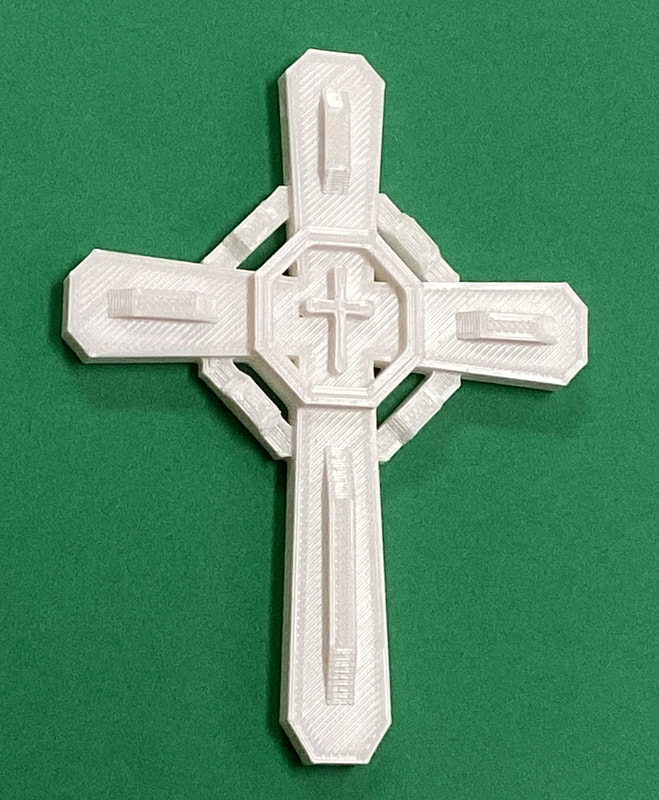
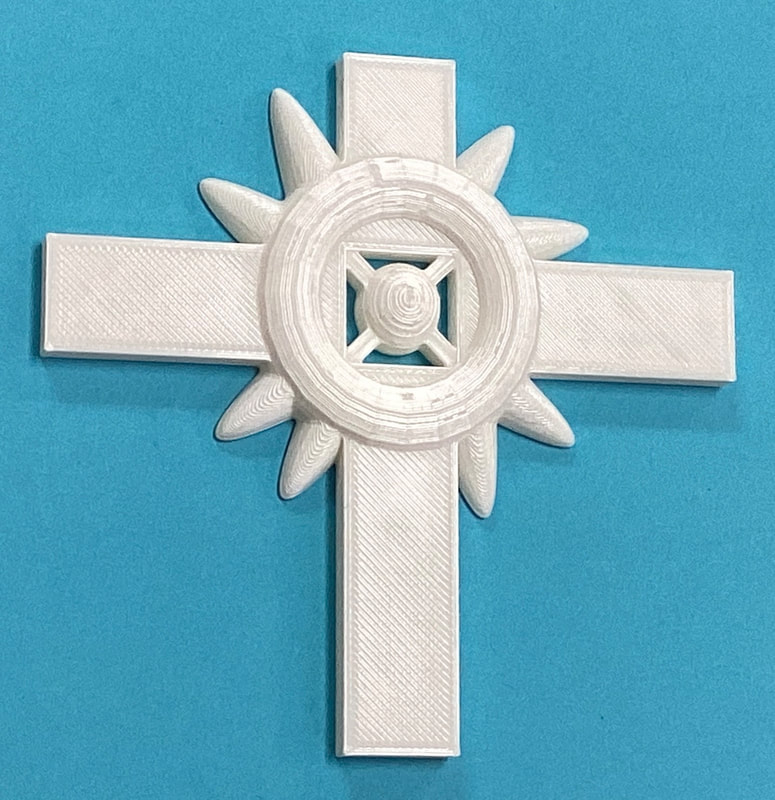





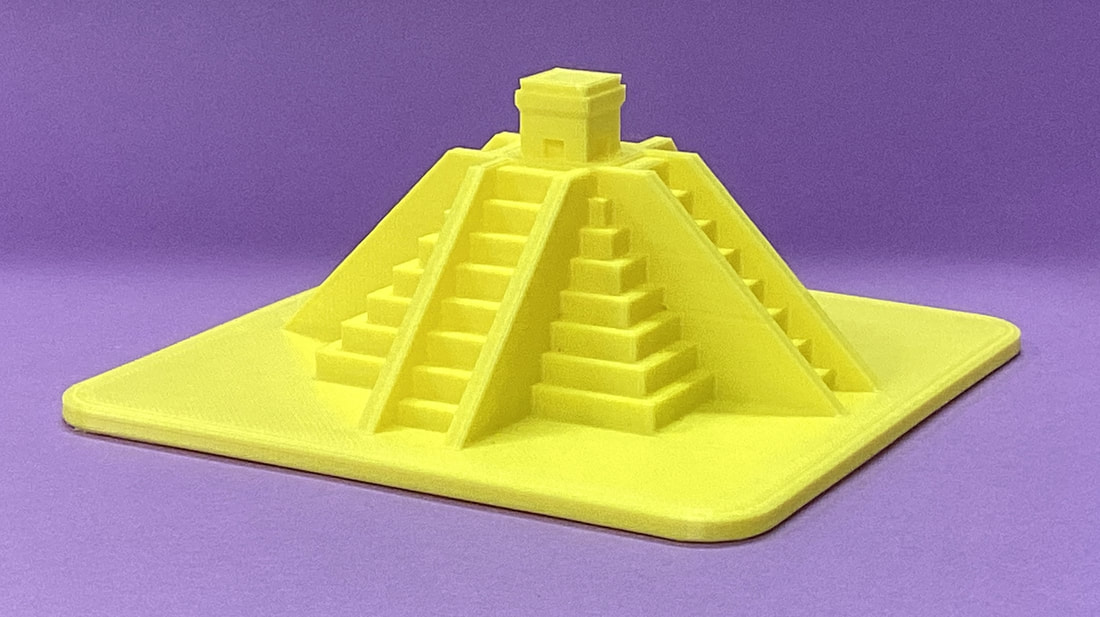



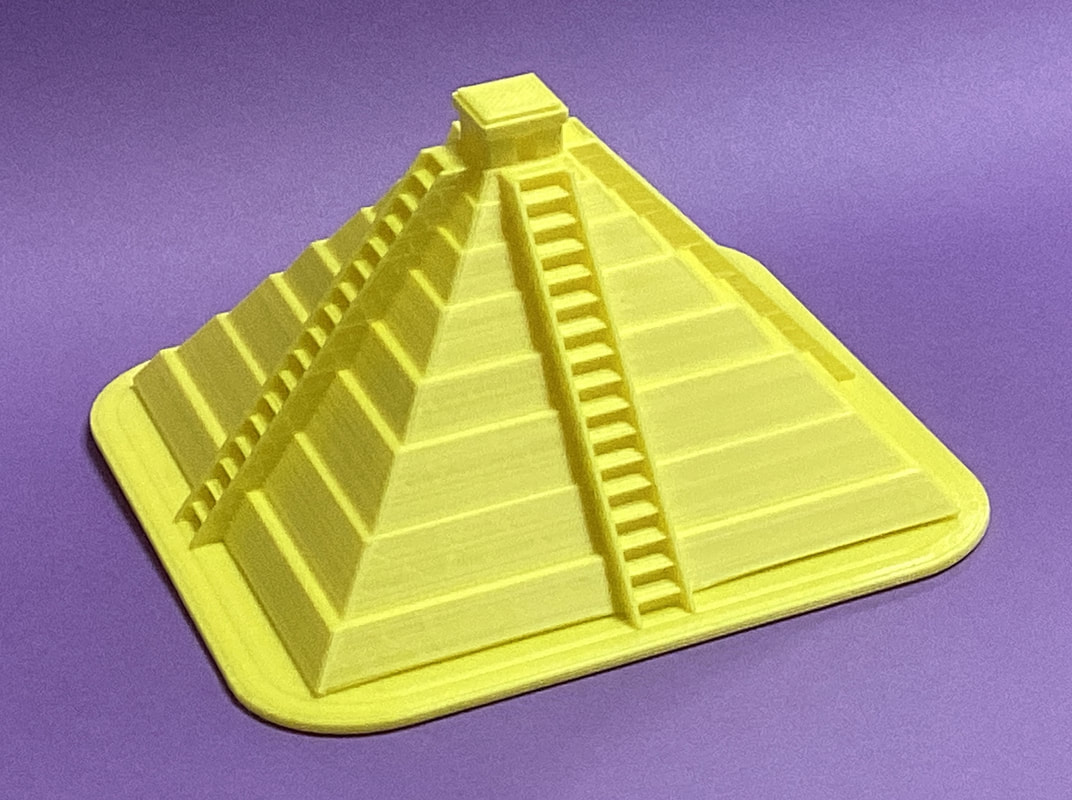
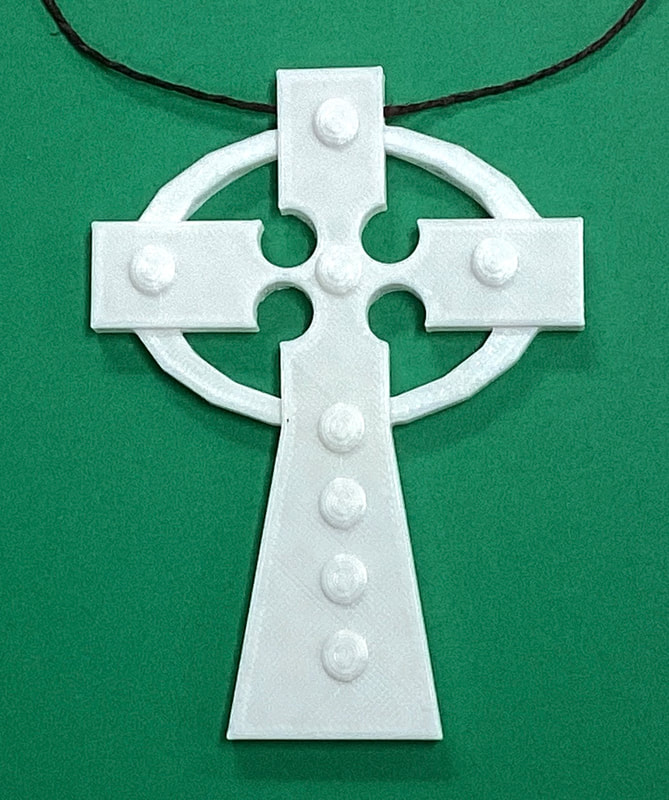

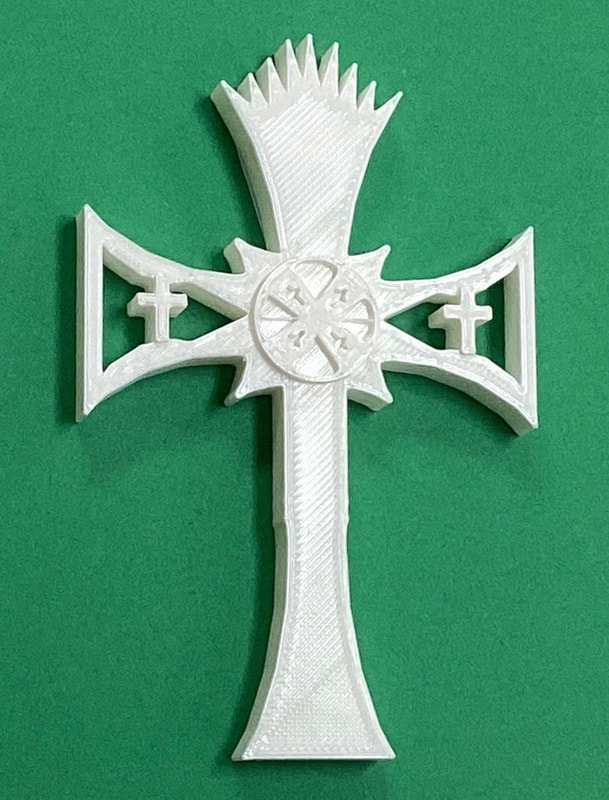




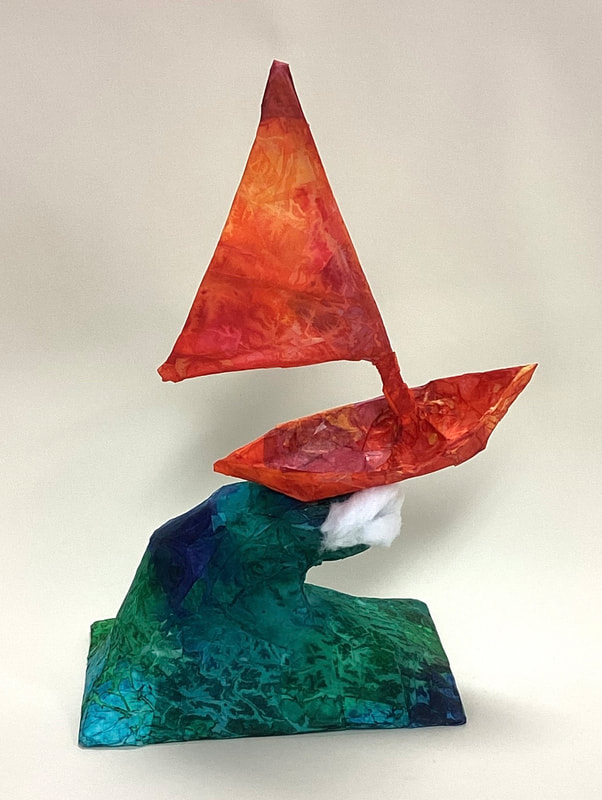





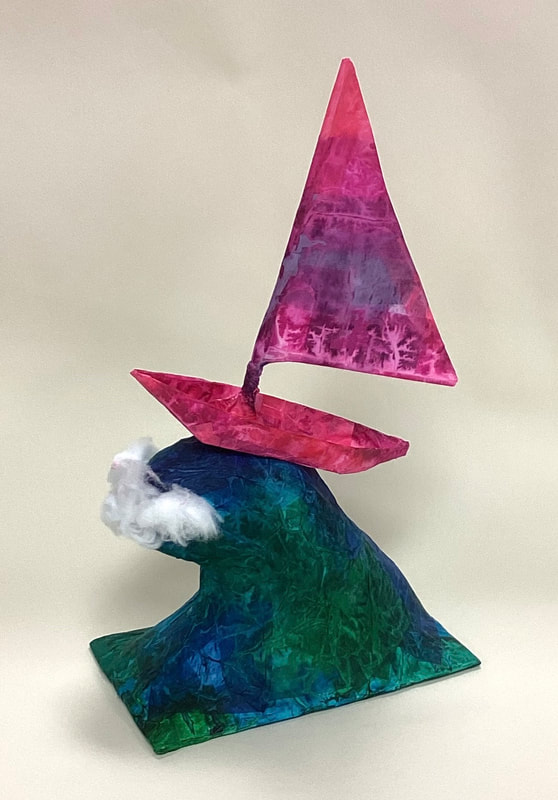
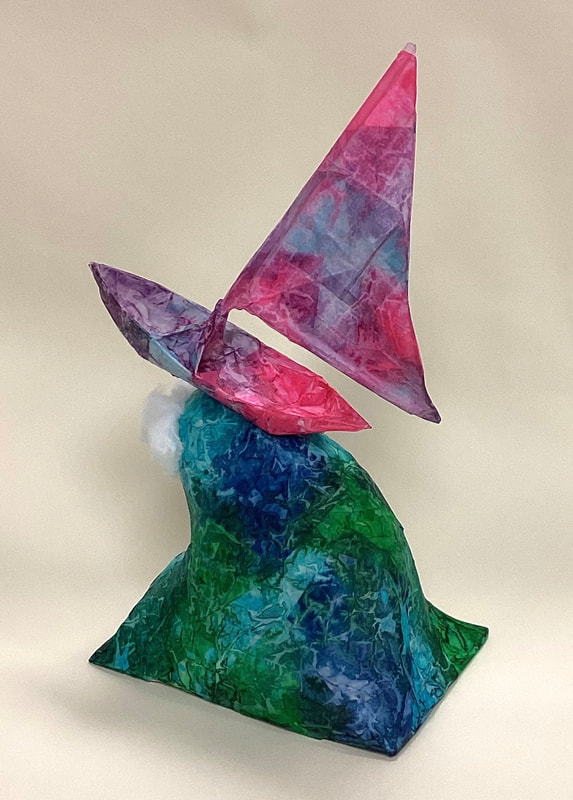


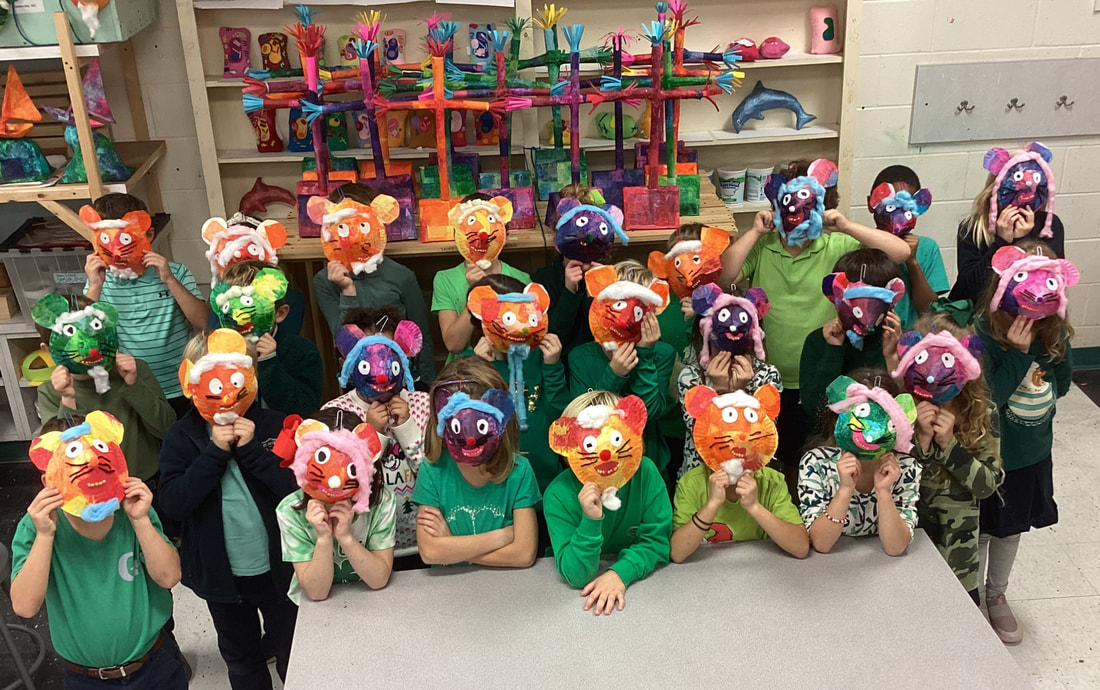

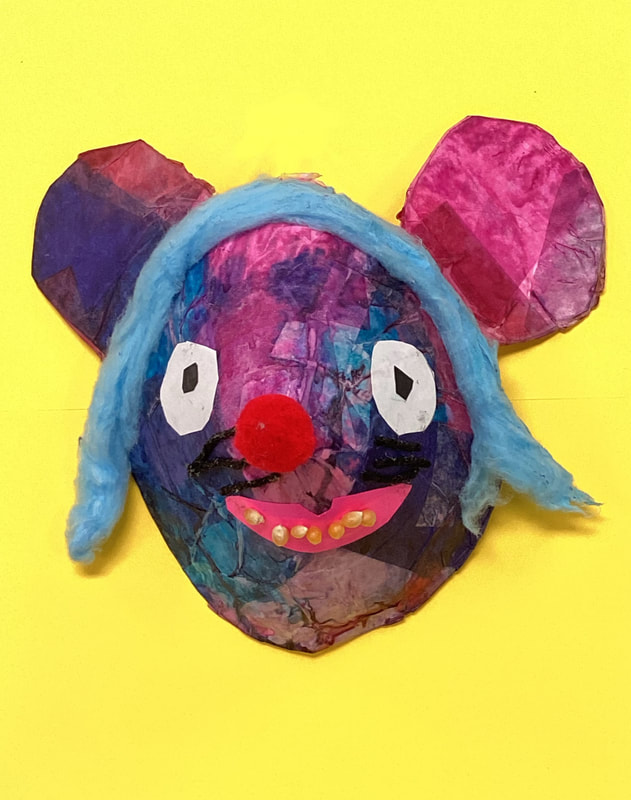
 RSS Feed
RSS Feed
